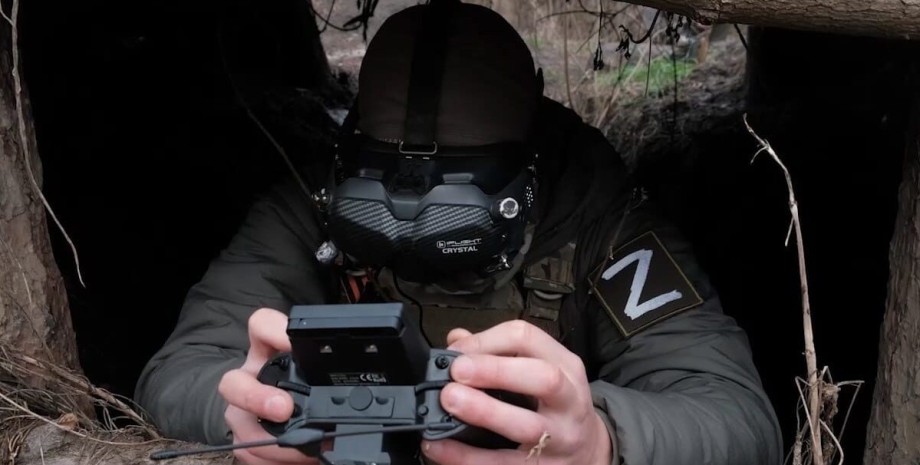
The Russian military is actively used on the battlefield in the Kursk region new drones, controlled by fiber and radio interruption. However, the decisions of the invaders were delayed: successful promotion of the Armed Forces was made possible by radio electronic attack, which blinded the reconnaissance of the Russian Federation, writes Forbes magazine. However, the invaders made conclusions and videos of attacks with new types of drones began to appear on social networks on August 12.
The Russian side claims that FPV fiber optics were struck by Ukrainian BTR-4 armored personnel carriers and cars. In the reports of Roszmi it is said that UAV was developed by the scientific and industrial center "Ushuynik" from the Great Novgorod and is called "Prince Vandal Novgorod". The aircraft receives commands and transmits a picture from the camera with a wire line. The remote and drone are connected by a long thin cable that occurs double -sided data exchange.
The operator captures the target and the drone flies to it, such UAVs are in production and fall into the troops in fairly large quantities, the propagandists say. On March 7, 2024, the expert of communication and unmanned technologies Sergey Bez -Krystnov wrote about the finding of optic fiber technology in Russian drones. Then after the analysis, Ukrainian experts said that nothing like this had met. The Russian FPV drone flew to a target with a thin fiber cable coil 10 kilometers.
"We see a new FPV drone management technology. Such drone is not terrible and a picture of it can be transmitted in the highest quality. I ask Ukrainian specialists to check this management technology so that we do not be behind the enemy," he said. Russian sources note that the Dron "KVN" has a range of 15 or 20 kilometers, it has a coil with such a length of cable. The drone may carry an anti -tank jet grenade or other ammunition with similar characteristics.
The fiber fiber cable is not the strongest material, so increased requirements are made to the drone pilot. The route should be built so that the cable does not get caught on trees and other objects. Another threat of fiber - other drones, random balls and fragments of shells, capable of breaking the cable, explains the focus of the nuances of the military aerial reconnaissance and the founder of the A. Drones project Yuri Kasyanov.
The military reminds that the Israeli units of the tsakhal use the technology of optic fiber in the management of anti -tank missiles. Israeli PTRC SPIKE LR2 rocket pulls a 5. 5 kilometers' cable. Any combat drone, as Kasyanov says, can be equipped with a modem instead of a radio transmitter and connect the cable to it. The disadvantage of technology is that the copter pulls a coil with a fiber, which reduces its payload and flight range.
"New technologies entail the choice of choice: either to pass all the rings, or to get confused in trees and fly at a relatively short distance. " It is not necessary that the weight of the combat part will be reduced, the area of the lesion will remain the same if the distance of the target is less. The maneuverability of such a copter will decrease significantly, "he says.
The benefits of fiber -optic UAVs are obvious: the remedies installed on tanks and other armored vehicles will not be saved. In the absence of a UAV, the UAV management of the Reb means literally nothing to stubborn. Protecting from the fiberglasses. Risky, undoubtedly. Other methods are at the stage of experiments and ideas. We do not have opportunities for new developments due to the lack of scientific school. Trone whipping car systems are trying to make lasers on the basis of lasers.
But it is expensive and fairly massive equipment. It is not necessary to wait for the Armed Forces to receive such machines soon, "a specialist summed up. It is noteworthy that in parallel with the advent of new drones of the Netherlands in the Kursk region, they decided to transfer 51 radar to Ukraine to detect UAVs production Robin Radar Systems. Stations can EXPress identifies radars as Iris drone Radar.










All rights reserved IN-Ukraine.info - 2022